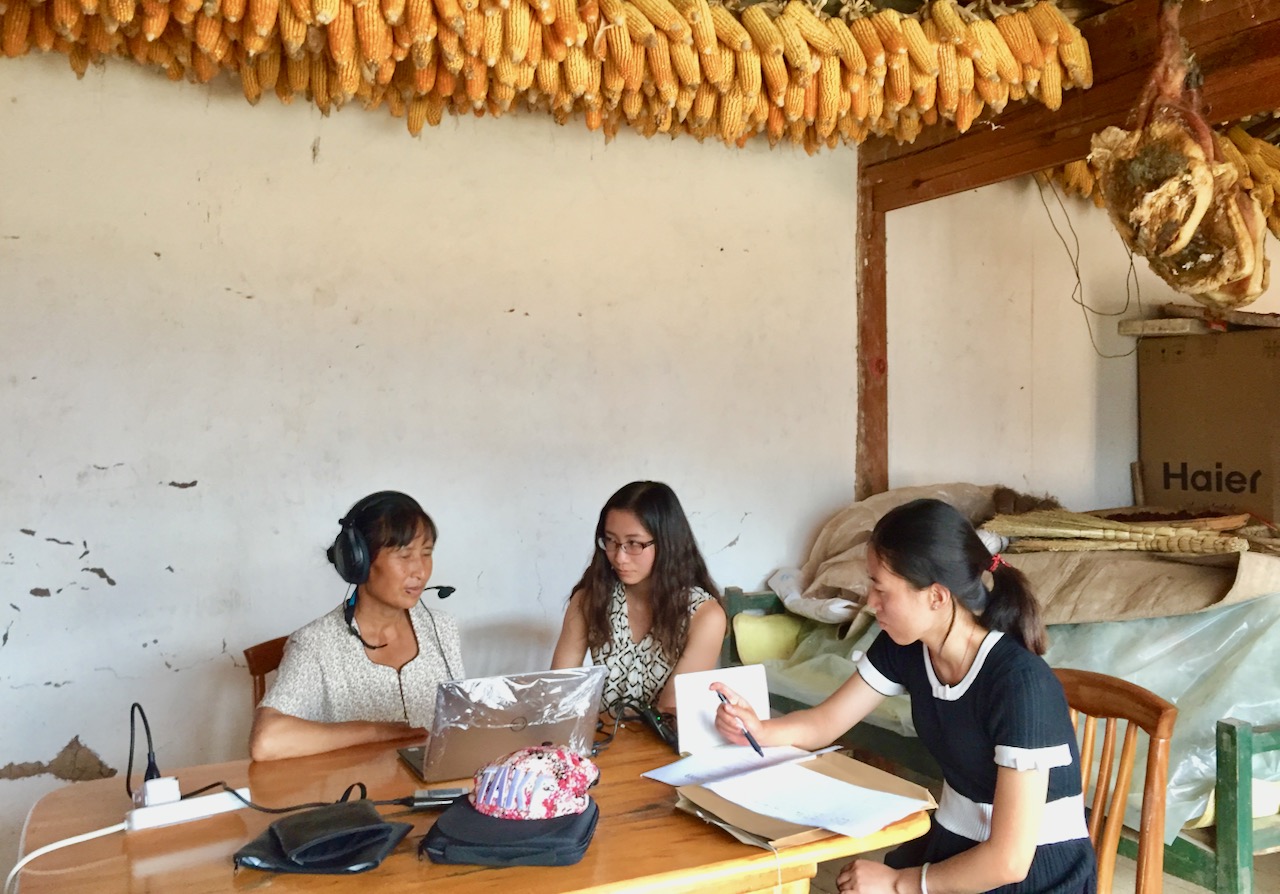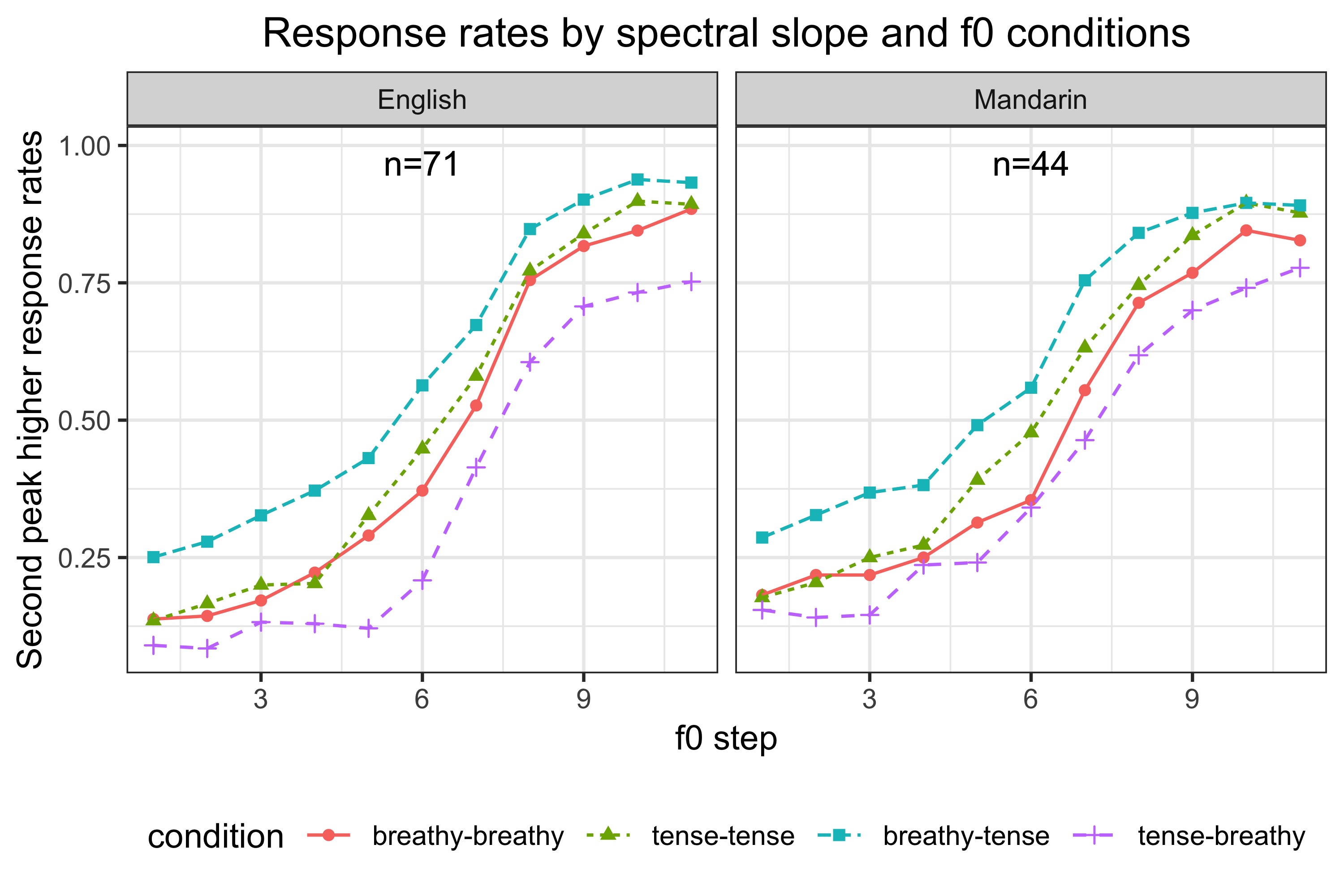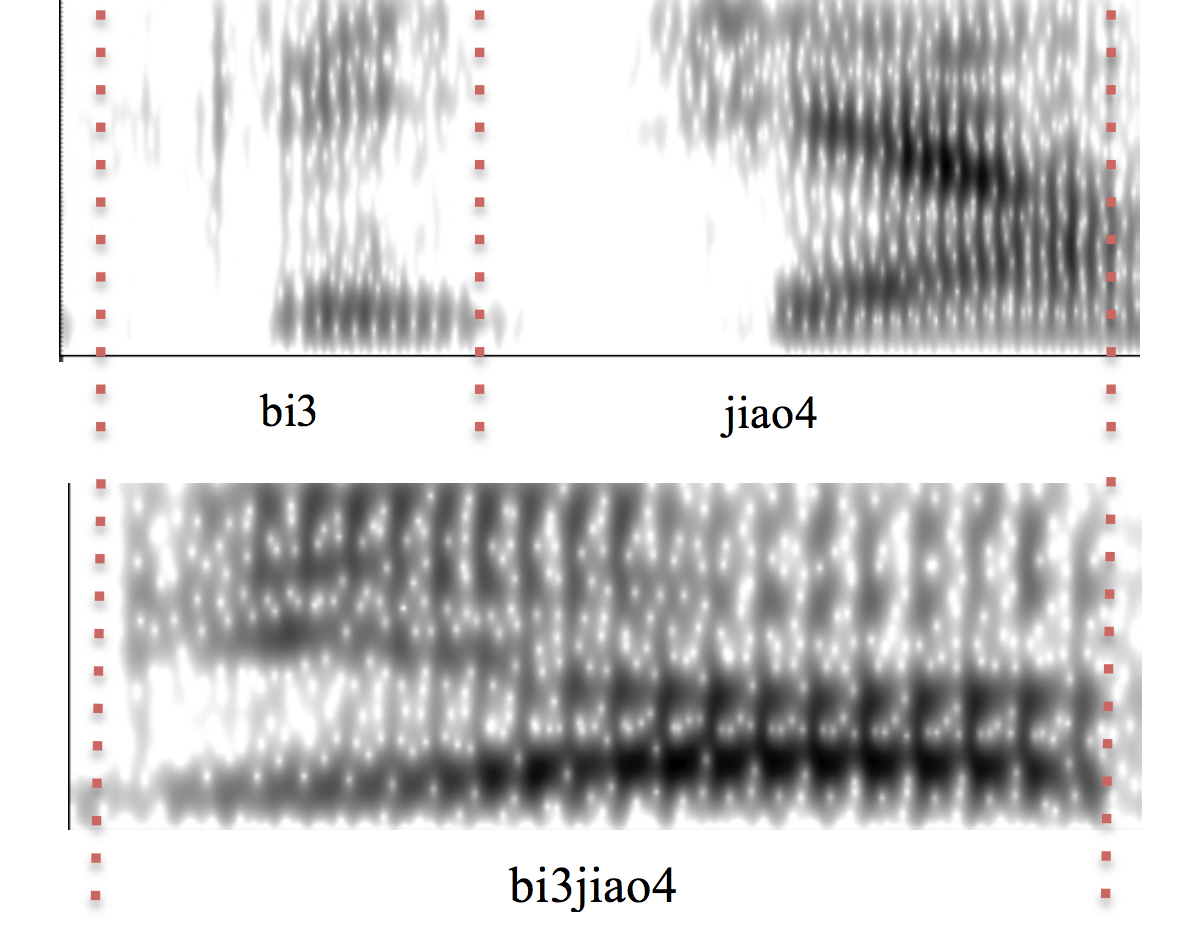Ongoing Projects
Factors in phonological acquisition

Students in any introductory phonology class learn early on that minimal pairs are a diagnostic for distinct phonemes in a language. To what extent, then, might young children also use minimal pair cues in determining the contrastive elements in their native language? I looked at developmental data from the Providence Corpus to answer this question. Minimal pair counts in parental speech correlate with more accurate production by the child, as seen in the plot. The same correlation does not hold for phoneme frequency. It appears that linguistically significant cues do matter for acquisition of phonology.
Computational model of phonological acquisition

How do children acquire the phonological categories of their native language? Given the large amount of variability in the acoustic signal, it is unlikely that they rely on acoustics alone. Using a computational model, I explore the role of lexical learning in phonological acquisition. Word learning can help the child to determine both how many contrasts are necessary and which acoustic cues matter for each contrast.
More fieldwork on Southern Yi

Using a phonetic imitation task, we investigated the relationship between perception and production of the register contrast in Southern Yi.
Completed Projects
The production and perception of pitch

As a research assistant at the Penn Phonetics Laboratory, I participated in the design, implementation, and analysis of a number of experiments. One of the ongoing projects investigates the relationship between musicality and pitch perception strategies. While musicality does affect which acoustic cues listeners pay attention to, tone-language speakers (Mandarin) do not differ from non-tone language speakers (English) as a group.
Experimental Fieldwork on Southern Yi

In the summer of 2015, I worked as a research assistant to Jianjing Kuang to conduct experimental fieldwork in a remote village in Yunnan, China. The next summer, I got an NSF EAPSI fellowship to China and returned to the same village to collect more data.
Consonant reduction in spontaneous speech

Speech signal is highly variable and messy in spontaneous speech. This project investigated affricate reduction in conversational Mandarin using the CALLHOME corpus. Words containing the affricate /tɕ/ were randomly sampled to estimate the degree and frequency of reduction.